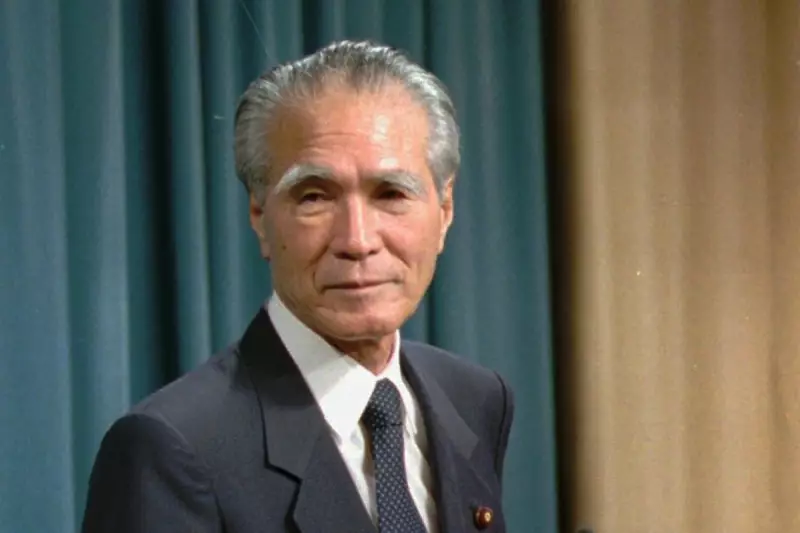
In a startling demographic reversal, Tokyo has recorded its first population decline in over a quarter century, marking a significant turning point for Japan's bustling capital region.
The latest government data reveals that the number of residents in the Tokyo metropolitan area dropped during the previous year, ending an uninterrupted growth streak that had persisted since 1996. This development comes as Japan faces broader national population challenges that have concerned policymakers for years.
A Nationwide Trend Reaches the Capital
While regional areas across Japan have been experiencing population declines for decades, Tokyo had remained a notable exception - consistently attracting new residents from other parts of the country. The capital's magnetic pull appeared unstoppable until now.
The recent shift represents more than just a statistical anomaly; it signals a fundamental change in migration patterns and urban dynamics within one of the world's most populous metropolitan areas.
Understanding the Demographic Shift
Several factors appear to be driving this unexpected population turnaround:
- Changing work patterns: The rise of remote working opportunities has reduced the necessity for employees to live within commuting distance of Tokyo's business districts
- Quality of life considerations: Increasing numbers of residents are seeking more affordable housing and less crowded living conditions outside the capital region
- Japan's broader population decline: The national population decrease is now affecting even previously immune urban centres
- Ageing society: Tokyo's demographic structure reflects Japan's overall ageing trend, with birth rates remaining below replacement levels
Implications for Japan's Future
This demographic milestone carries significant implications for urban planning, economic development, and social policy throughout Japan. Tokyo's population decline may alleviate some pressures on the capital's infrastructure and housing market, while simultaneously presenting challenges for regional cities experiencing new growth.
As Japanese authorities grapple with the nation's demographic challenges, the Tokyo reversal serves as a powerful indicator that even the most established population trends can shift unexpectedly. The coming years will reveal whether this represents a temporary fluctuation or the beginning of a new era for Japan's urban landscape.





